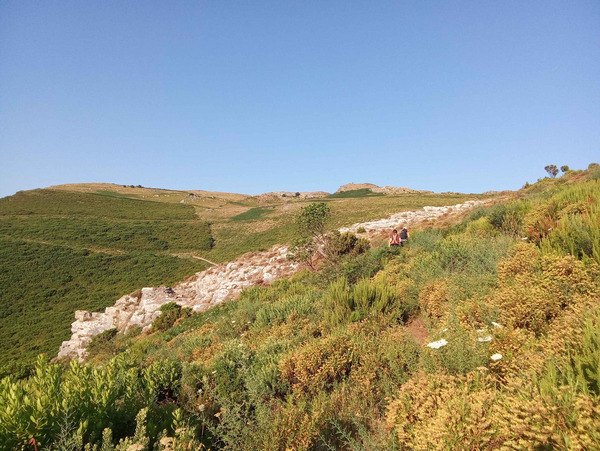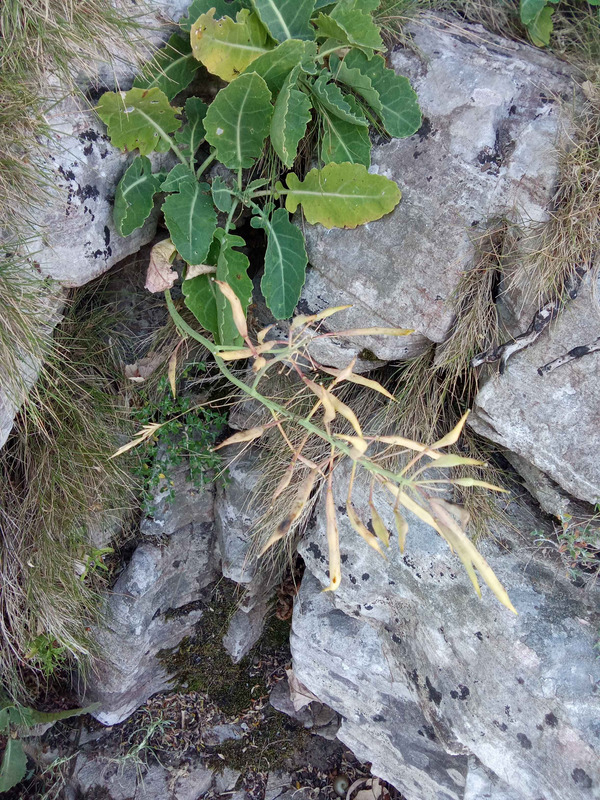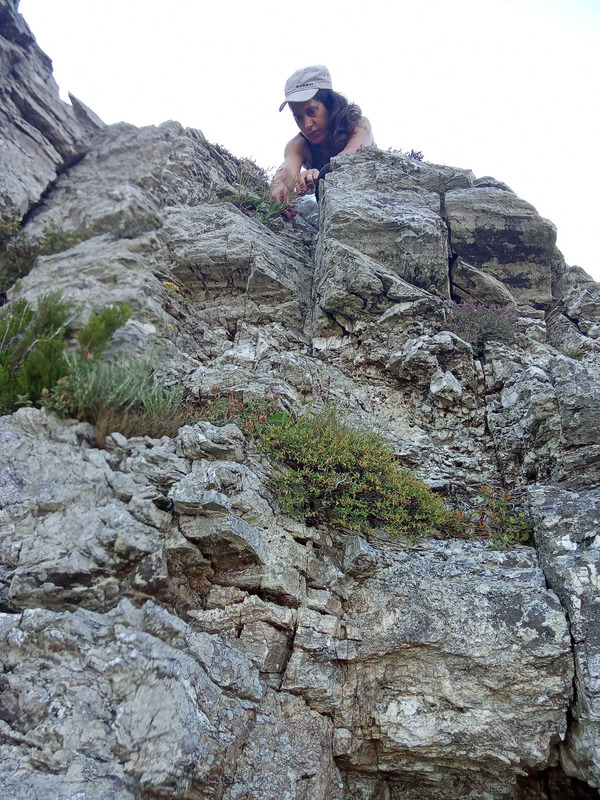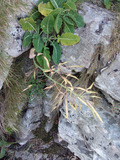The researchers and local conservatory staff covered some hikes, ventured into remote areas and even climbed mountains and rocky slopes to reach populations of these rare plants. Along the way, they were rewarded with spectacular views and the thrill of spotting Brassica varieties in their natural habitat.
These plants, which grow naturally across Mediterranean landscapes, represent an important reservoir of genetic diversity. By studying them in their natural habitats, researchers can better understand their adaptation to the local climate and identify the regions that are particularly valuable for genetic conservation.
Such insights are essential for the future of agriculture. Wild relatives often carry traits that can help improve resilience to climate change, pests, and diseases — making them a key resource for breeding more sustainable crops.






 tap and then scroll down to the Add to Home Screen command.
tap and then scroll down to the Add to Home Screen command.